
Across the country, the stories play out simultaneously on a weekday morning: Two businessmen headed for the 8:03 Boston-bound Acela Express dive into the crowd at New York’s Penn Station; a cluster of Purdue University students shuffles down the platform at Lafayette, Ind., for a ride on the Hoosier State to Chicago; and a conductor […]
Read More…

What will railroading look like 27 years from now? Will yards be jammed, main lines clogged, and trains backed up from terminals for 30 miles or more? Or will routes be fluid, with freights roaring by every 8 to 10 minutes on main lines three, four, and even six tracks wide? Either future could happen, […]
Read More…
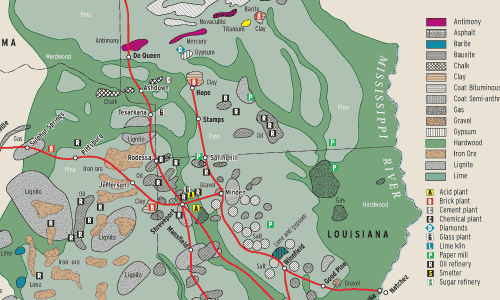
This map of the Kansas City Southern and Louisiana & Arkansas (just prior to their 1939 operational merger) is based on a document undoubtedly produced by the KCS traffic department to show shippers the abundance of natural resources within the roads’ territory. KCS founder Arthur Stilwell had left his secure position with a Hartford insurance […]
Read More…
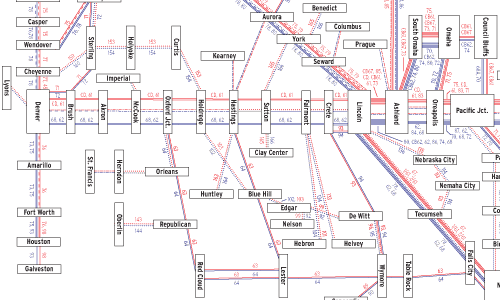
If you want a glimpse of railroad operations six decades ago, this map of the Chicago, Burlington & Quincy provides a window. It’s based on Burlington’s November 1947 freight train operating plan, a chart of schedules furnished to company officers. (Our map was modified to put eastbounds and westbounds on one page and converted to […]
Read More…
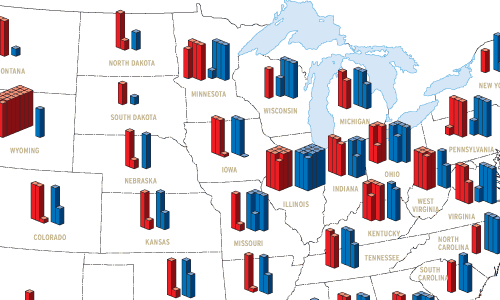
If you want to sense the impact of coal on the railroad industry, consider this: The state that ranks last in population — Wyoming, with a little more than 500,000 residents — originates one of every five tons of freight hauled by American railroads. The 419 million gross tons that began its journey in Wyoming […]
Read More…
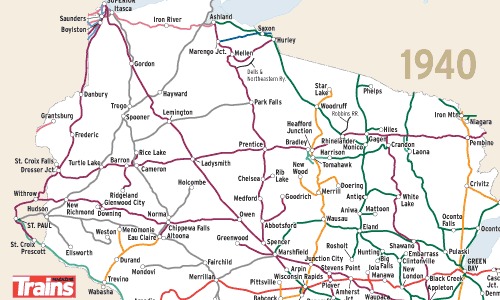
When Al Kalmbach published the first issue of Trains in November 1940, the company’s home state of Wisconsin boasted 6,675 route-miles of railroad, a total that had peaked at 7,500 two decades earlier and was declining. Lingering effects from the Great Depression kept the state’s three largest railroads in bankruptcy — Chicago & North Western, […]
Read More…
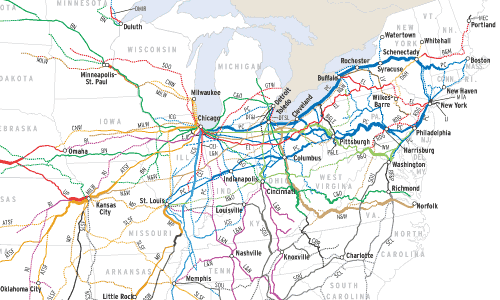
In the early 1970s, economic growth was transforming the South and West, and Western railroads surpassed Eastern roads in ton-miles carried for the first time in 1971. Traffic declines in the East heped trigger a rash of bankruptcies, which spurred Congress to commission detailed studies of railroad lines and operations. The results warned that, absent […]
Read More…
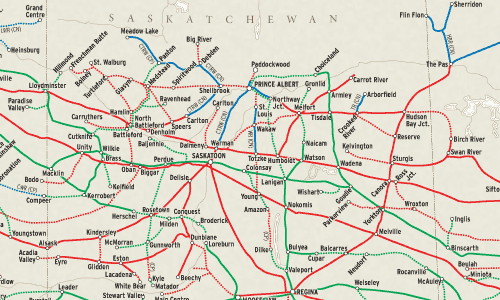
Three distinct periods of railway construction created the grain-gathering network that served the farmers of Manitoba, Saskatchewan, and Alberta. The first 3,000 miles were built between 1881 and the onset of a depression in 1893. Better times returned in 1896, fueling an incredible boom that saw the construction of more than 11,000 route- miles by […]
Read More…
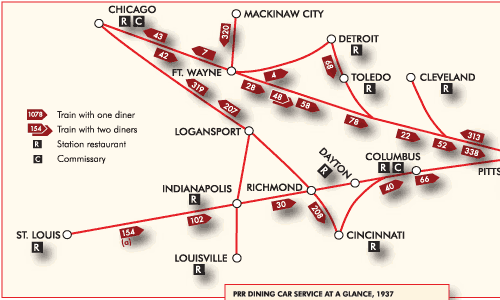
You’re looking at the railroad equivalent of a restaurant frozen in time, with the trains shown here akin to waiters sprinting across a crowded room, a hot plate in hand. On June 19, 1938, passengers on the Pennsylvania Railroad could enjoy the time-honored tradition of dinner in the diner aboard 56 different trains. Five trains […]
Read More…
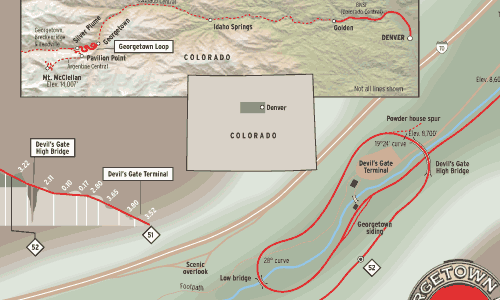
Of all the scenic railroads in America, Colorado’s Georgetown Loop ranks near the top for the most audacious three miles of 3-foot-gauge track. The words “twisty,” “curvy,” and “steep” do not even begin to do justice to this Lazarus-like railroad that was built in 1877, dismantled in 1938, and reconstructed in the 1970s and 1980s […]
Read More…
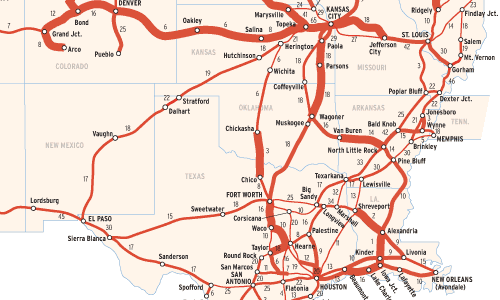
This map reflects an average day for the Union Pacific Railroad in late 2003. Trains per line per day is indicated above each major line segment except where data is not available. These numbers have changed little since our previous UP trains-per-day map in the November 2001 issue, except for the Sunset Route between West […]
Read More…
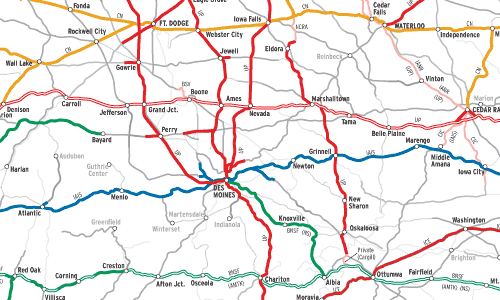
Iowa has been the poster-child state for the overbuilding of railways in the era before paved roads. In his “Iowa: Half Its Trains Don’t Go There Anymore” [April 1986 Trains], author Charles Bohi said Hawkeye State kids were taught “there is no point in Iowa more than 12 miles from a railroad” (a day’s drive […]
Read More…












